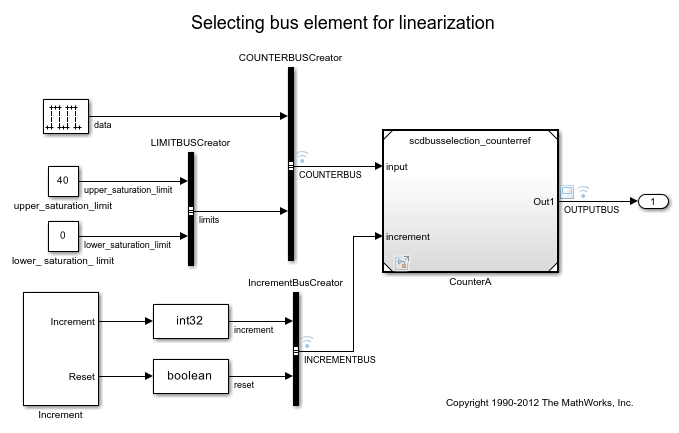linio
为 Simulink 模型、Linear Analysis Plots 模块或 Model Verification 模块创建线性分析点
说明
示例
输入参数
输出参量
替代功能
模型线性化器
您可以使用模型线性化器以交互方式配置分析点。有关详细信息,请参阅指定要在模型线性化器中线性化的模型部分。
Simulink 模型
您也可以在 Simulink 模型中直接指定分析点。在您执行此操作时,分析点会保存在模型中。有关详细信息,请参阅指定要在 Simulink 模型中线性化的模型部分。
slLinearizer 和 slTuner 接口
如果您想从线性化系统获得多个开环或闭环传递函数而不重新编译模型,可以使用 slLinearizer 接口指定线性分析点。有关详细信息,请参阅Mark Signals of Interest for Batch Linearization。同样,如果您想调节控制系统并从结果系统中获得多个开环或闭环传递函数,可以使用 slTuner 接口指定线性分析点。有关详细信息,请参阅Mark Signals of Interest for Control System Analysis and Design。
版本历史记录
在 R2006a 之前推出

